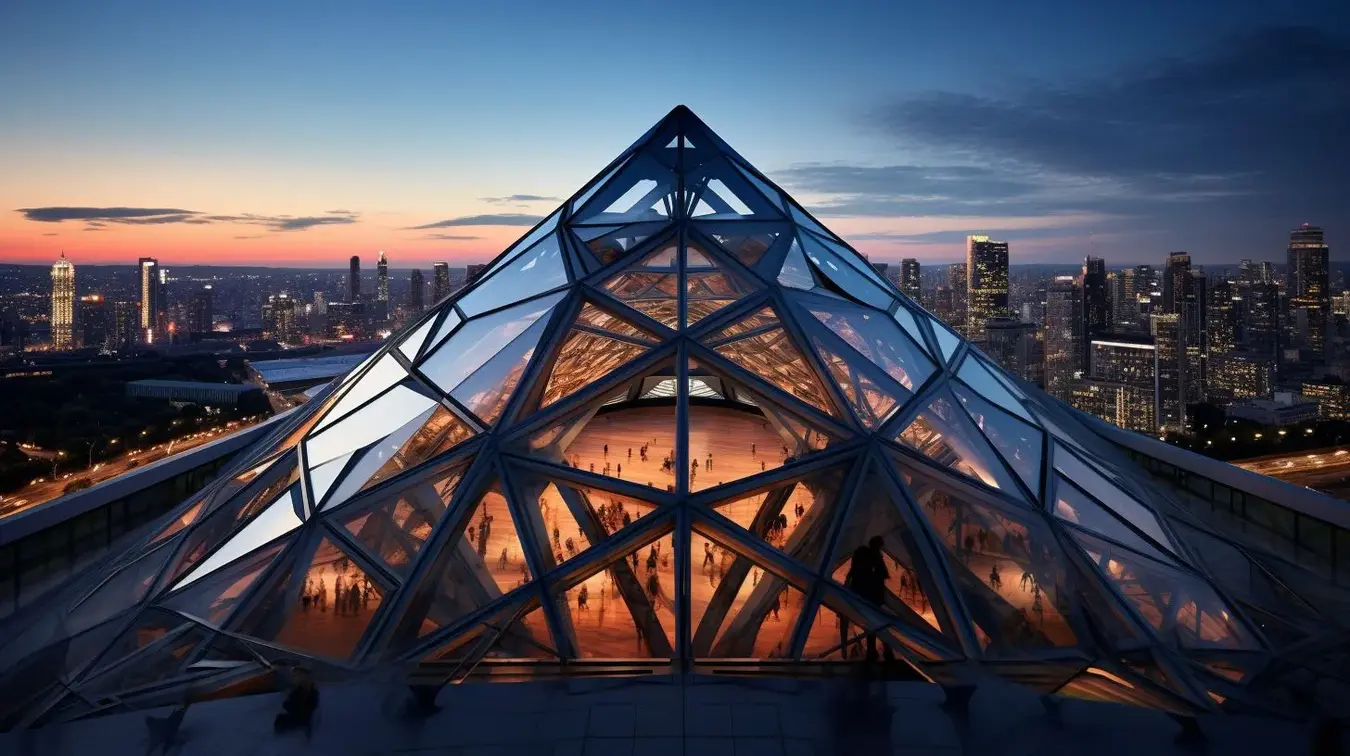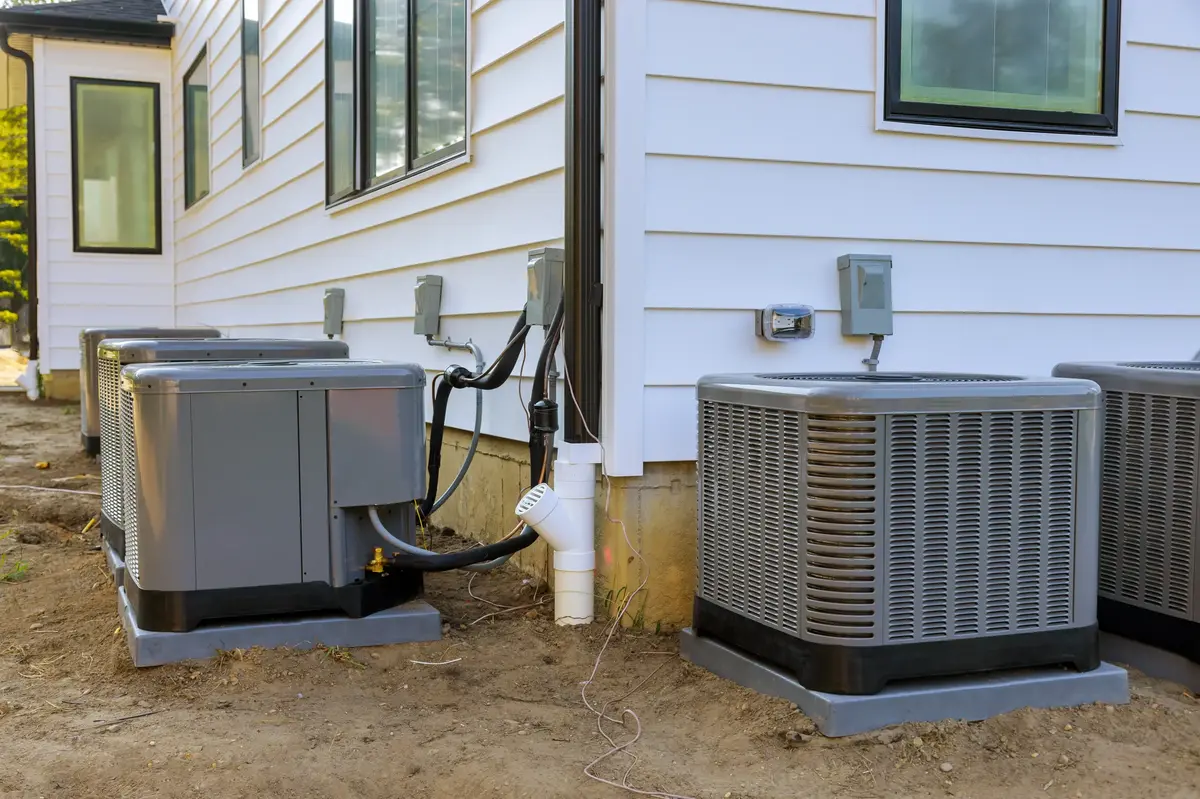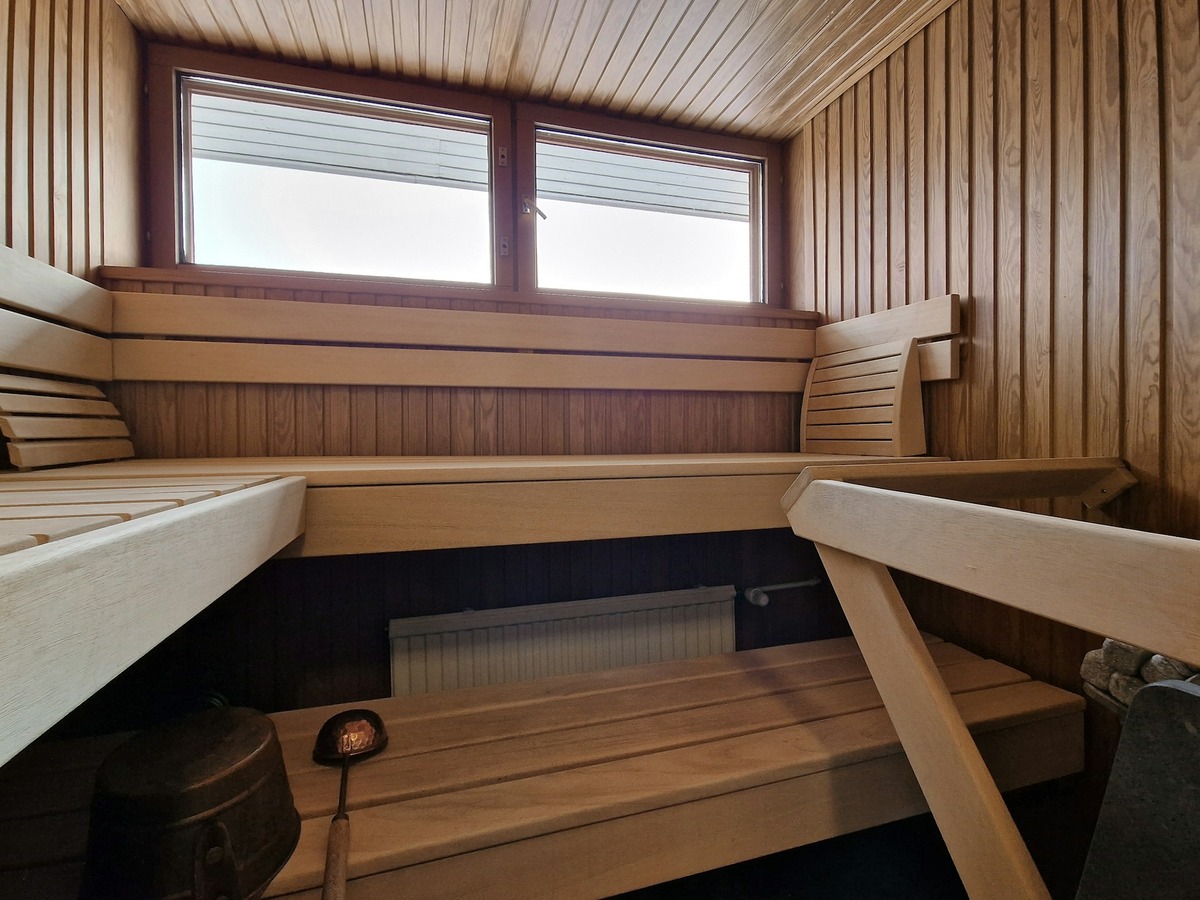Trusses are essential components in construction, serving as the backbone for bridges, roofs, and various structures. This blog post explores their evolution and highlights their importance for architects, builders, and anyone curious about the construction industry.
Introduction to Trusses
Trusses are structural frameworks designed to support loads, typically comprising beams, bars, or rods. Their primary role is to deliver strength and stability to various structures. From the rooftops of homes to the spans of bridges, trusses are everywhere. Their importance cannot be overstated; without trusses, many of the architectural feats we take for granted would not be possible. This post will explore the different types of trusses, the science behind them, and their lasting impact on the construction industry.
Types of Trusses
King Post Truss
The king post truss is one of the simplest types, often used in smaller spans like residential roofs. It consists of a central vertical post, known as the king post, and two diagonal members. This straightforward design makes it cost-effective and easy to construct, especially useful in home building projects.
Queen Post Truss
The queen post truss, similar to the king post, includes two vertical posts instead of one. This design provides support for slightly longer spans. Its extended reach and simplicity make it a popular choice for small to medium-sized structures, such as barns and smaller bridges.
Howe Truss
Named after its creator, William Howe, the Howe truss is characterized by its diagonal members sloping towards the center and vertical posts. This design is ideal for heavy loads, making it a preferred choice for railroad bridges. The efficiency of its load distribution adds to its popularity in heavy-duty construction projects.
Pratt Truss
The Pratt truss, alternating in direction from the Howe truss, has diagonals sloping towards the ends. This design is especially effective in handling tension, making it suitable for both roofs and bridges. Its adaptability and strength under various conditions have made it a staple in many engineering projects.
Warren Truss
The Warren truss is easily recognizable by its equilateral triangles, distributing loads evenly across the structure. This design is widely used in modern construction, from bridges to buildings, due to its efficiency in material usage and load distribution.
The Physics Behind Trusses
Trusses work by efficiently distributing loads through their interconnected triangular units. Each member of a truss is either in compression or tension, allowing them to handle significant weight. This unique distribution of forces ensures that trusses can support heavy loads without adding substantial material weight. The geometric stability of triangles ensures strength and rigidity, making trusses incredibly reliable in various applications.
Truss Manufacturing
Trusses are made from a variety of materials, including wood, steel, and even advanced composites. The manufacturing process involves precision engineering to ensure each piece fits perfectly. Technology plays a pivotal role, with computer-aided design (CAD) and automated machinery ensuring accuracy. Welding and metal fabrication, like those available in Salt Lake City, further enhance the manufacturing process. This precision is crucial, as even minor errors can lead to structural weaknesses.
Truss Installation
Installing trusses requires careful planning and execution. The process begins with a detailed assessment of the building site and structural requirements. Once the trusses are manufactured, they are transported to the site and lifted into place using cranes or other machinery. Proper alignment and secure fastening are essential to ensure stability. Installation can vary based on the structure, with residential buildings often being simpler than complex commercial projects.
Advantages of Trusses
Trusses offer several advantages over traditional framing methods. They are cost-effective, as their design requires less material while providing immense strength. This efficiency leads to significant cost savings in both materials and labor. Additionally, trusses offer design flexibility, accommodating various architectural styles and building requirements. Their environmental benefits are also noteworthy, as they often use sustainable materials and generate less waste.
Challenges in Truss Construction
While trusses provide numerous benefits, they also come with challenges. Proper installation requires precision and expertise, and any misalignment can compromise structural integrity. Weather conditions can also impact the installation process, leading to delays or additional costs. To overcome these challenges, it’s essential to work with experienced professionals who understand the intricacies of truss construction.
Future Trends
The future of truss construction looks promising, with emerging technologies and trends shaping the industry. Sustainable materials, such as bamboo and recycled composites, are becoming more prevalent, reducing the environmental impact. Advanced manufacturing techniques, including 3D printing, are also revolutionizing production. These innovations promise to make truss construction more efficient, cost-effective, and environmentally friendly.
Conclusion
Now that you have a better understanding of the different types, physics, manufacturing, installation processes, advantages, and challenges in truss construction, you can appreciate their significance in the construction industry. From residential roofs to towering bridges, trusses continue to play a crucial role in modern engineering.










